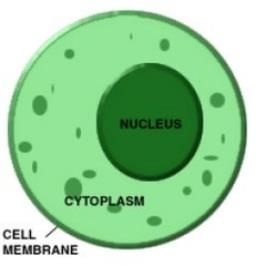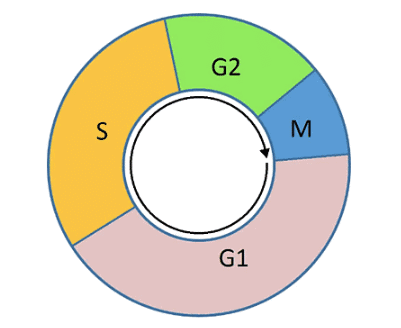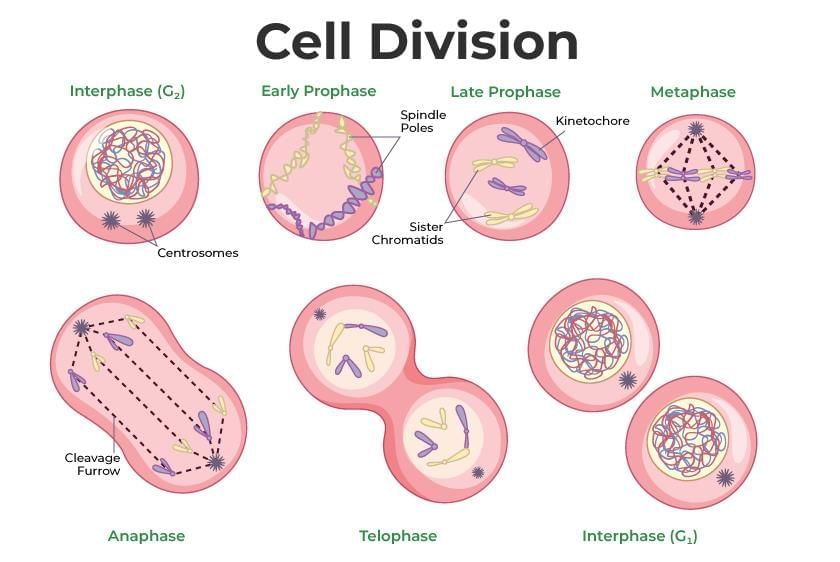UPSC Exam > UPSC Notes > Science & Technology for UPSC CSE > Mnemonics: The Cell
Mnemonics: The Cell | Science & Technology for UPSC CSE PDF Download
This document presents fun and easy mnemonics to help you remember key concepts, structures, and functions related to The Cell: The Unit of Life. Whether you're studying for an exam, preparing for a quiz, or simply deepening your understanding, these memory aids will enhance your recall and reinforce your learning. Use them alongside your regular studies for better retention.
Happy learning with mnemonics!
1. Three Basic Structures of Cell
Mnemonic: Please Check Nucleus
Mnemonic Explanation:
- Please: Plasma Membrane – Protects the cell
- Check: Cytoplasm – Jelly-like fluid inside the cell
- Nucleus: Nucleus – Controls the cell
2. Cell Cycle
Mnemonic: Go Shreya Go Make Coffee
Mnemonic Explanation:
- G1: Go
- S: Shreya
- G2: Go
- M: Make
- Cytokinesis: Coffee
3. Cell Division
Mnemonic: People Meet And Talk
Mnemonic Explanation:
- People: Prophase
- Meet: Metaphase
- And: Anaphase
- Talk: Telophase
The document Mnemonics: The Cell | Science & Technology for UPSC CSE is a part of the UPSC Course Science & Technology for UPSC CSE.
All you need of UPSC at this link: UPSC
|
90 videos|491 docs|209 tests
|
FAQs on Mnemonics: The Cell - Science & Technology for UPSC CSE
| 1. What are the three basic structures of a cell? |  |
Ans.The three basic structures of a cell are the cell membrane, cytoplasm, and nucleus. The cell membrane acts as a protective barrier, controlling what enters and exits the cell. The cytoplasm is a jelly-like substance where cellular processes occur, and it contains various organelles. The nucleus is the control center of the cell, housing the genetic material (DNA) and coordinating activities like growth, metabolism, and reproduction.
| 2. What is the cell cycle and its phases? |  |
Ans.The cell cycle is the series of events that a cell goes through as it grows and divides. It consists of several phases: Interphase (which includes G1, S, and G2 phases) where the cell grows and DNA is replicated, followed by the Mitotic phase (M phase) where the cell divides into two daughter cells. Interphase accounts for the majority of the cell cycle, while the M phase is where actual cell division occurs.
| 3. How does cell division occur in eukaryotic cells? |  |
Ans.Cell division in eukaryotic cells primarily occurs through two processes: mitosis and meiosis. Mitosis is responsible for producing two identical daughter cells for growth and repair, while meiosis leads to the formation of gametes (sperm and eggs) for sexual reproduction, resulting in four genetically diverse cells. Each process involves specific stages to ensure accurate division and distribution of genetic material.
| 4. What are the key differences between mitosis and meiosis? |  |
Ans.The key differences between mitosis and meiosis include their purpose, the number of cell divisions, and the genetic outcome. Mitosis results in two identical daughter cells for growth, while meiosis results in four genetically diverse gametes for reproduction. Mitosis involves one division, whereas meiosis consists of two rounds of division (meiosis I and meiosis II). Additionally, meiosis includes processes like crossing over, which increases genetic variation.
| 5. Why is the cell cycle important for living organisms? |  |
Ans.The cell cycle is crucial for living organisms as it regulates cell growth, development, and repair. It ensures that cells divide correctly to maintain tissue function, replace damaged cells, and support overall organismal growth. Additionally, the proper regulation of the cell cycle is essential to prevent uncontrolled cell division, which can lead to cancer. Understanding the cell cycle helps in developing treatments for various diseases.
Related Searches
















